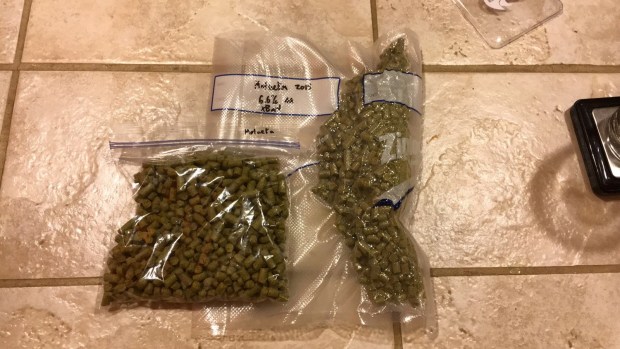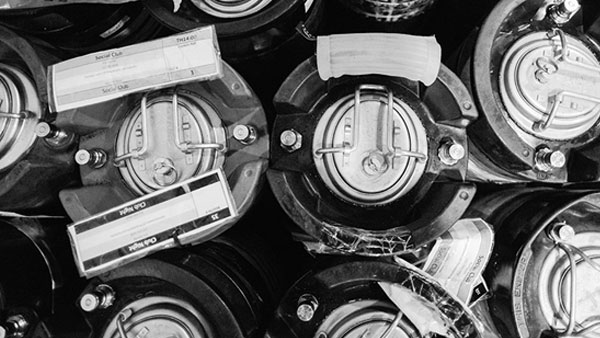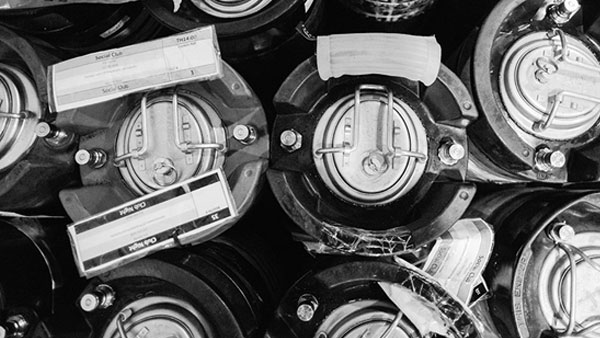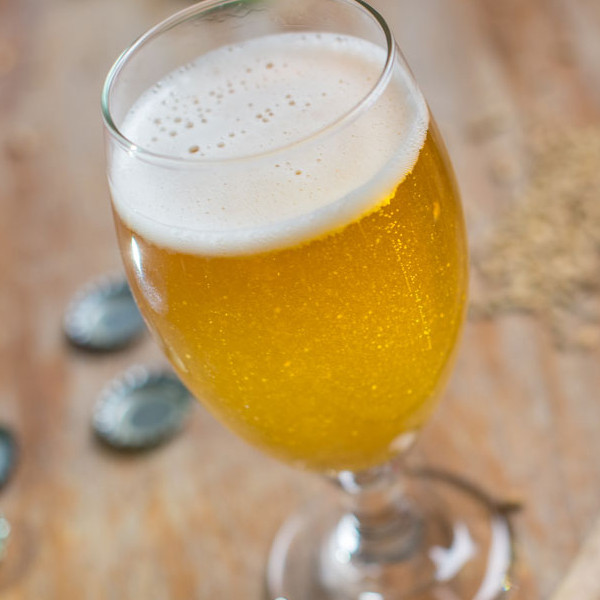In Zymurgy Spring 1995 (Vol. 18, No. 1) “Club News,” we learned that clubs may apply for not-for-profit status through the Internal Revenue Service. Once clubs are established as not-for-profits, they are considered tax-exempt and are able to make money (tax-free) for club events as well as accept tax-deductible donations. Clubs may also choose to become incorporated not-for-profit entities. Here’s the story of how one club became incorporated.
Our road to incorporation began more than a year ago when the board of directors became increasingly concerned about liability at club events. In addition to providing a forum for local homebrewers, Paumanok United Brewers Inc. (PUB) sponsors pub crawls, bus trips to microbreweries, a summer beer picnic, and our flagship event, the Northeast Craft Brewers’ Festival. Because alcohol is involved in all of these events, the board and I, as president, decided that some form of protection was needed.
Alcohol liability insurance available to all homebrew clubs, though it can be prohibitively expensive. We made extensive inquiries and came up empty-handed. To give an example of the cost, a one-day policy for our Craft Brewers’ Festival cost more than $1,200 and did not even cover alcohol liability, just general liability. Insurance companies are reluctant to write these types of policies, particularly when they learn what a homebrew club does. (Editor’s note: The American Homebrewers Association now partners with a leading insurer to offer affordable club insurance)
On the advice of several attorneys, our next-best course of action was to incorporate and take out a general liability policy for the officers and directors. Generally, a corporation provides a layer of insulation to the officers, directors, and members against being sued individually. Keep in mind that the corporation can be sued, but members, officers, and directors cannot be sued individually, except in extreme cases such as gross negligence, or if a board member or officer acts as an individual and not on behalf of the club. Incorporation is not a substitute for good insurance and judgement, but rather a supplement.
The steps to incorporation differ on a state-by-state basis. However, if your club is interested in pursuing incorporation, a few basic steps are usually similar. First, a club member should contact your state’s Secretary of State or equivalent. This office can advise which forms are needed for that state’s process of incorporation. Second, as there are different types of incorporations, it would be useful to contact an attorney to determine what type of incorporation the club wants to pursue. In PUB’s case we are a domestic, not-for-profit incorporation, Type A, under Section 402 of the New York State Charter.
Because PUB Inc. incorporated as a not-for-profit corporation in the state of New York, we are subject to the provisions in Internal Revenue Service Code Section 501(c)(7). This section deals with membership corporations, which is the closest fit for a homebrew club. Since PUB’s purpose is to promote a better understanding of the joys of homebrewing (an educational role), we decided to incorporate as not-for-profit. Applicable restrictions and regulations vary by state.
Aside from a shield against personal liability for the officers and directors, incorporating as a not-for-profit corporation instead of a regular corporation enables the organization to apply to the IRS and State for letter rulings on not-for-profit status. If approved, the not-for-profit corporation need not file income tax forms if the source of all revenues is from membership dues and/or permitted fund-raising activities, and if total revenues do not exceed $25,000 per year. If total revenues exceed $25,000 per year and/or the source of revenues is not exclusively from membership dues and/or permitted fund-raising activites, then IRS Form 990 must be filed and any applicable taxes must be paid.
If approval is not given, then the corporation must file the appropriate Federal and State Corporate Income Tax Forms and pay all applicable taxes. (Note: after IRS approval, the corporation must apply for State approval). We are awaiting our letter ruling, which could take months. The form to request the ruling is a 25-page document, Package 1024, that asks everything except the officers’ shoe sizes! Our next step is to acquire officers’ and directors’ liability insurance as an additional layer of protection.
On a more mundane level, being a not-for-profit corporation gives the homebrew club more respectability and credibility—many banks offer free checking accounts to such organizations. The downsides to being a corporation are that much more record-keeping is involved, the process itself is time-consuming and expensive ($500 to $1,000 depending on legal fees and state filing requirements), minutes must be taken at member and board meetings, and all requirements and regulations of the not-for-profit law must be strictly followed. In essence, a corporation imposes a certain degree of formality and rigidity on the homebrew club, which can be at odds with the original intent of the organization (it’s no longer possible to simply “relax, don’t worry, and have a homebrew.”)
The detailed regulations that govern not-for-profits are beyond the scope of this article, but simply stated, a not-for-profit corporation may not distribute any of its net earnings to members, directors, officers, trustees or any other individual (except reasonable compensation for services and goods). It is strongly recommended that any club considering incorporation consult with an attorney who can explain the various types of corporations and the myriad restrictions and regulations.
Incorporating may not be for every club, but our club decided that it was a necessary evil. Even with the growing pains, it was the right choice for us.
Marc Arkind is the president of Paumanok United Brewers Inc., Long Island’s largest homebrew club and the president of Alpine Computer Technologies Inc., a Long Island-based computer consulting firm. Marc has been an avid homebrewer for eight years; his interest in homebrewing is an offshoot of his passion for cooking. Marc is also a Certified BJCP judge.
The post Zymurgy Rewind: Incorporating a Homebrew Club appeared first on American Homebrewers Association.
![]()
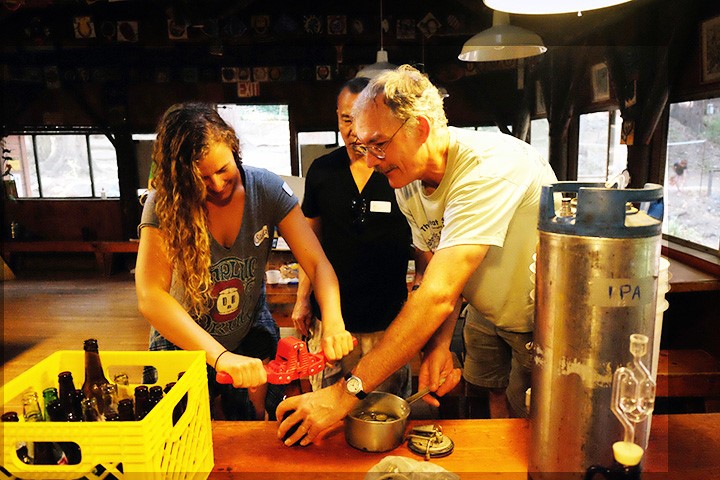

 Tracy Hammond grew up on the mean streets of Bangor, Maine and learned early on that she had to fend for herself in the kitchen. She’s the first to admit she isn’t an internationally renowned chef or self-help guru, but Tracy has successfully tamed many alpha males over the course of her lifetime. The author of
Tracy Hammond grew up on the mean streets of Bangor, Maine and learned early on that she had to fend for herself in the kitchen. She’s the first to admit she isn’t an internationally renowned chef or self-help guru, but Tracy has successfully tamed many alpha males over the course of her lifetime. The author of 